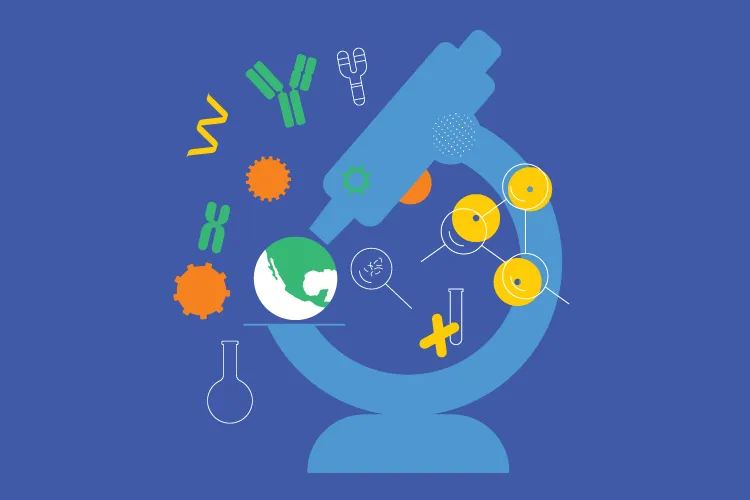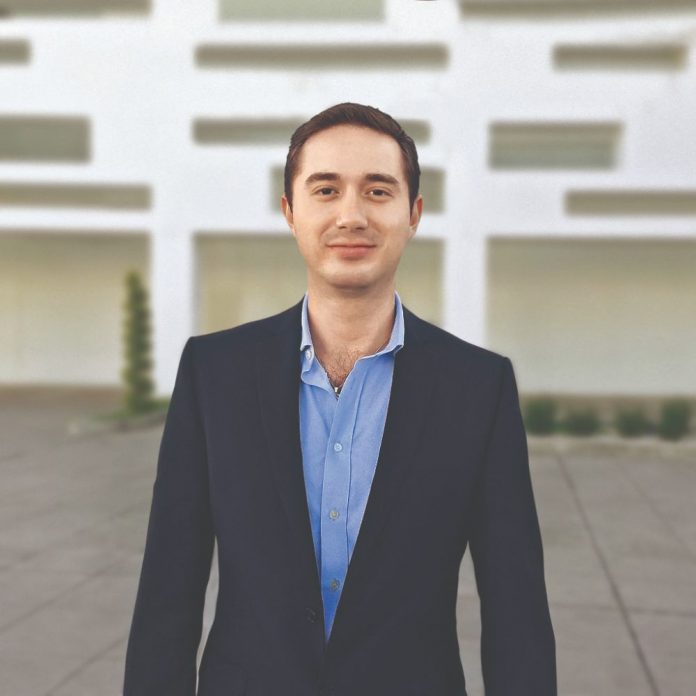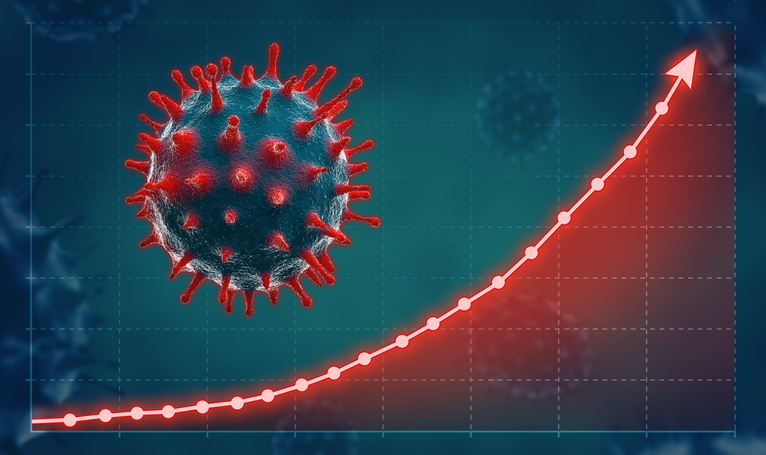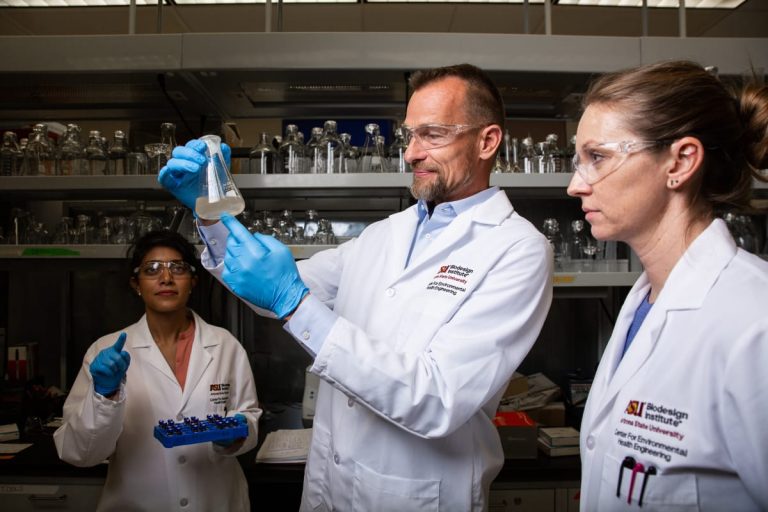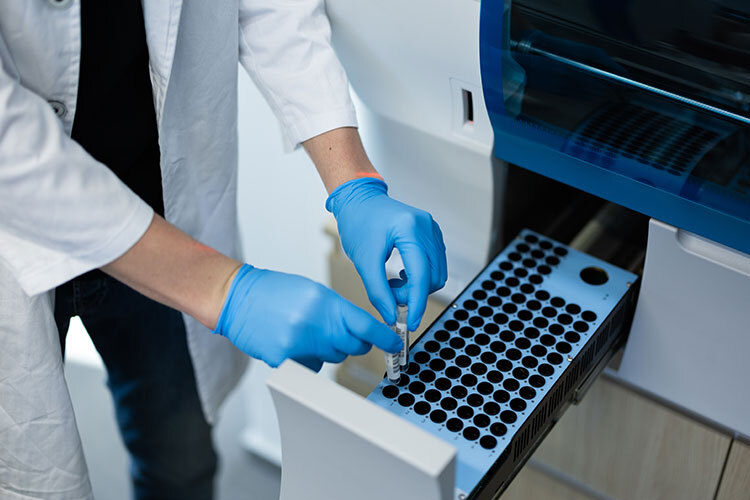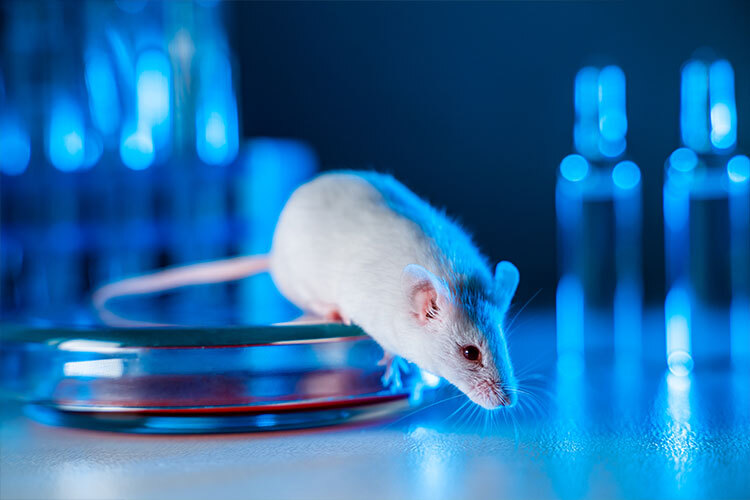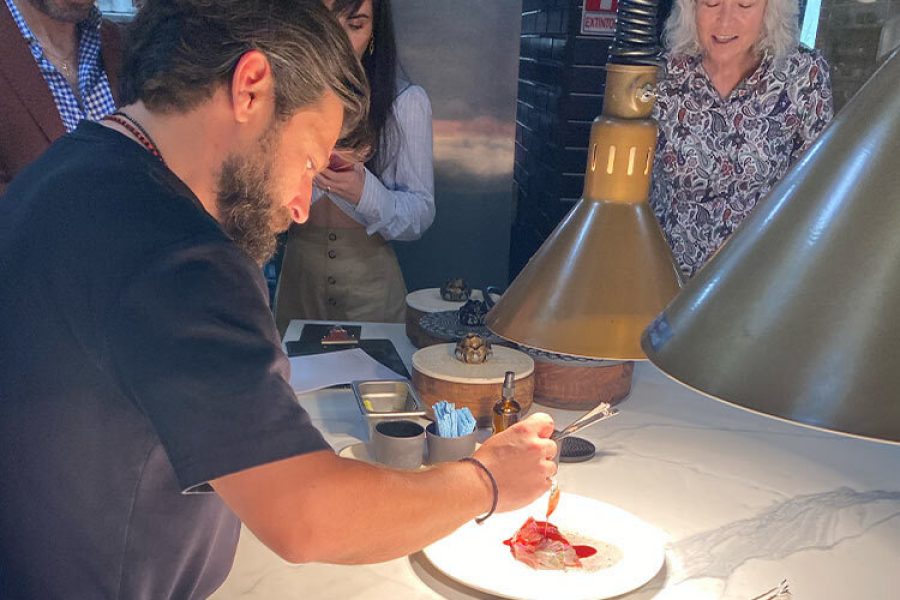Being Mexican doesn’t mean one thing but rather a diversity of stories that converge within the same territory.
These stories are recorded in our DNA and are becoming increasingly clear thanks to the efforts of various scientific groups sharing a common goal: deciphering who we are genetically and how we can use that information to build a future tailored to our population.
In October 2023, the genetic diversity of Mexicans graced the cover of Nature magazine, announcing the initial results of the Mexican Biobank, a project spearheaded by Andrés Moreno Estrada from the Advanced Genomics Unit (UGA-LANGEBIO) at the Center for Research and Advanced Studies (Cinvestav). The study analyzed 6,057 DNA samples from over 800 rural and urban locations across Mexico’s 32 states.
“The hypothesis is that by having a better representation from across the country, we can obtain a genetic snapshot with higher resolution of how groups within Mexico are differentiated,” explains Moreno Estrada in an interview with TecScience.
According to the researcher, this information illuminates the richness of our origins and genetic compositions. It allows for precise correlations between these subpopulations and genetic predispositions to diseases, physical traits, or physiological responses to drugs or food.
The study analyzed what was collected by the National Health Survey (ENSA) in the year 2000, which took blood samples from 40,000 Mexicans nationwide, who also completed a questionnaire about their health, demographic, medical, socioeconomic, and cultural characteristics.
Mexican Biobank
Among its findings is that the population of the Yucatan Peninsula is the most differentiated from the rest. “It has a huge genetic difference compared to the center, but simultaneously, the center and north also diverge,” explains Moreno Estrada.
While the Mexican population is known to be heterogeneous, the results obtained with the Mexican Biobank are clearer, and the genetic variations characterizing each group are becoming better defined.
This allowed them to create a map dividing the Mexican population into seven major groups, each with subdivisions depending on their ancestries.
This was made possible by using DNA microarrays —better known as DNA chips—that allow for the analysis of specific regions or positions of an individual’s genome.
The study analyzed 1.8 million of these positions from each of the 6,067 individuals comprising the sample. These positions, called polymorphisms, are known to vary generally worldwide.
Additionally, by analyzing only fractions of the genomes with indigenous origins, they could recreate the history of indigenous populations in the country and how they changed over time.
Civilizations originating from Oaxaca, for example, began to flourish in the pre-classical period and declined in the classical period. In contrast, in the central part of the country, populations like the Aztecs began to flourish, only to decline during the conquest.
“These are things we already knew thanks to anthropologists and historians, but here, only the genes are present, and they alone can tell us the story of a population,” expresses the researcher.
For Moreno Estrada, this demonstrates that, despite the societal notion that indigenous populations have been segregated while the rest of us are mestizos, our genes tell a very different story.
“Generalizing that we are all mestizos as if there were no diversity obscures all this richness of roots,” he reflects.
In reality, we have diverse indigenous origins that persist to this day and the genes of the mix that arose with the arrival of European, African, or Asian groups.
“The fact that we reconstruct these with the DNA of people who are alive today speaks to the survival of the historical legacy of those civilizations,” says the researcher.
Genetic Predisposition to Weight Gain
In another part of the study, they associated the detected genetic variants with physical traits, such as height, glucose, cholesterol levels, and genetic predispositions to diseases.
“If you have a variant that you have already detected is associated with diabetes, you are interested in knowing who has it in your population,” explains Moreno Estrada. These associations also allow us to understand why a certain group is not responding to medication.
One of their most revealing discoveries is that the genetic predisposition to weight gain, which was supposed to be linked to indigenous heritage, is not actually.
Populations with higher indigenous ancestry have a lower predisposition to weight gain, so researchers suggest that obesity is a problem strongly linked to environmental factors.
Moreno Estrada clarifies that although they found some associations in their study, many had been reported before, as the number of individuals analyzed in their study does not have sufficient statistical power to find new associations. To do so, it will be necessary to analyze many more samples.
“We are seeking funds to expand the total sample and sequence the entire genome, not just the polymorphisms we analyzed now,” explains the expert.
The Utility of Using Mexican Data
As part of the research, they also analyzed whether Mexican Biobank data can predict the risk of a disease or the presence of a physical trait by associating the genetic variants found, better than predictions made with UK Biobank data.
The latter has reference data from half a million individuals, which would be assumed to have much greater predictive power. However, they found that those made with the Mexican version are just as good or better than those made with data from there.
This is probably because non-Caucasian or non-European populations are underrepresented in genetic databases worldwide.
“Despite our sample being very small compared to theirs, we demonstrated that it is very important to take your population as a reference,” says the researcher.
Moreno Estrada emphasizes that, for him, one of the most satisfying aspects of the Mexican Biobank project is that it was done with clearly Mexican leadership.
“Generating and analyzing data locally, I believe, can motivate new generations to know that they do not need to migrate to have a competitive education,” he says.
One Step Closer to Precision Medicine
An example of how these studies bring us closer to precision medicine is the research conducted by Rocío Villafuerte, an ophthalmologist and research professor at TecSalud.
In 2021, she and her team set out to analyze saliva and mucous samples from 126 patients from various hospitals in Nuevo León who had a retinal disease—the part of the back of our eyes that receives images and transmits them to the brain.
Through sequencing 330 genes associated with retinal diseases, the researcher and her team could provide 73% of the patients with an accurate diagnosis and tell them whether they were candidates for a gene therapy approved by the Food and Drug Administration (FDA) of the United States.
They also detected that in the Nuevo León region, the gene most associated with retinal diseases is USH2A. At the same time, in the central part of the country, the most prevalent variant is ABCA-4, as previously reported in a 2019 study.
“I believe that our research provides evidence about the theories of the origin of the Monterrey population and how it is specifically affected by different diseases,” says Villafuerte.
Both the results of the Mexican Biobank, the research done by Villafuerte, the OriGen project of Tec de Monterrey, and many others, are the beginning of a new era of research that could allow us to achieve precision medicine, as well as public health strategies focused specifically in the Mexican population.
